Timor Leste - South East Asia’s hidden gem 🇹🇱
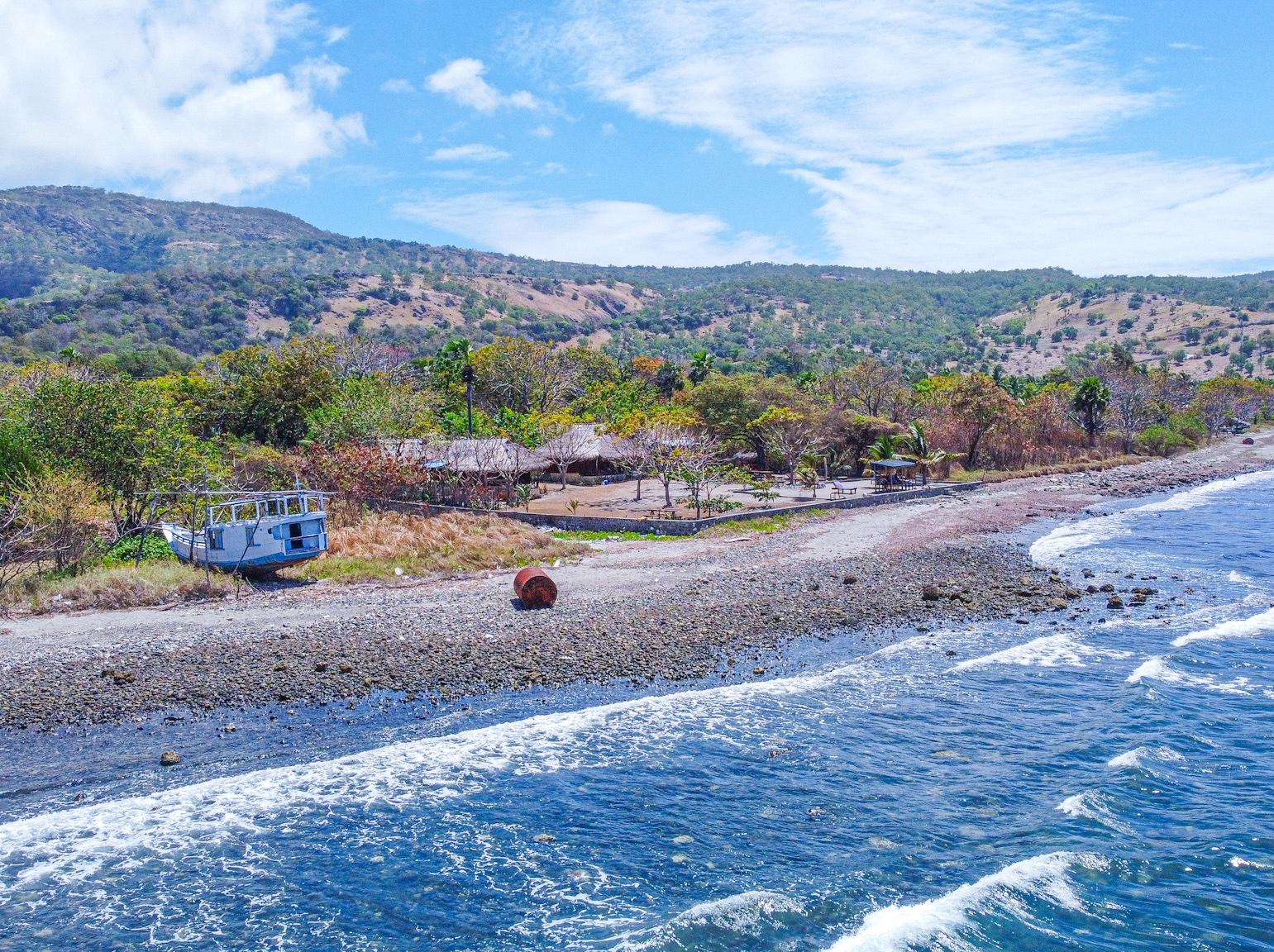
Why Timor Leste
Timor Leste was the first new country of the 21st century, having gained independence from Indonesia in 2002 after 27 years of occupation. Prior to this, it was a Portuguese colony for several centuries, which had led to it being the only Portuguese speaking nation in Asia and has also meant Timor Leste is a predominantly Catholic country, so you’ll find Catholic churches all over (include self-improvised ones in the more remote areas!). This history, combined with Timor Leste’s links to Melanesia, make for an interesting melting pot of culture and language that you won’t find anywhere else in the region.
Aside from its rich culture, many people visit Timor Leste for diving and snorkelling.
Timor Leste is not your typical south East Asian holiday destination, and is not for the faint hearted, but it is so worth the visit!
Getting to Timor Leste
Flights - there are two daily direct flights from Bali, and another from Darwin, Australia
Visas - visa free for Schengen nations, and citizens of Indonesia and Cape Verde; visa on arrival (VoA) at the airport ($30) for everyone else. If arriving at the land border (some people choose to take the bus from Kupang in Indonesia) there is no VoA, you need to arrange your visa in advance with the Timor Leste embassy - there is one in Kupang and they process them there. This was the case in 2024 but always check your foreign ministry’s guidelines on visas before you travel!
Airport transfer - many hotels will offer this for you, which is the easiest option. Otherwise there are yellow cabs outside the airport that you can flag down - you need to negotiate a price in advance, $6 is about average.
Know before you go
Money - US Doallars are the official currency, and you must arrive with cash. ATMs in Timor Leste are not always working and don’t always accept foreign cards. One or two might but will only accept Visa. There is a local coin currency (Centavos – 100 to the $1) for anything less than $1, you can’t find it outside of Timor Leste, but you will receive it as change.
SIM Cards - it can be difficult to find SIM cards in Dili, there’s aren’t any obvious places selling them at the airport, and as a tourist it’s not easy to find places around town. Airalo has a eSIM package for Timor Leste and whilst it’s only 3G connection and slightly patchy in places, it can be a life saver for whatsapping or emailing hotels, drivers and boats to arrange plans.
WiFi - is not readily available or reliable throughout Timor Leste. Don’t expect your hotel to have it, and if they do, don’t expect it’ll always work. There are a few Gloria’s Jeans cafes in Dili that have Wi-Fi that works ok, but this isn’t really a country you can work remotely from, or stream Netflix!
Airport transfers - I asked the hotel to arrange it for me, which they did free of charge! Cabs can be found at the airport, expect to pay $5-10 to get into central Dili.
Other - many things are closed on Sundays. Restaurants should still be open but don’t expect to be able to visit churches or grab snacks from the store.
Dili
How to get around
Walking! Dili isn’t that big honestly and you can walk from one end of the town to the other in around 1.5-2 hours. I’d recommend this as it lets you see the sights, hang out at the beach, grab coffee or a coconut, etc.
But you may get tired/sick of the heat/want to visit the Cristo Rei, which is fair enough. A taxi is your best option and you can hail one on the street though
Where to visit
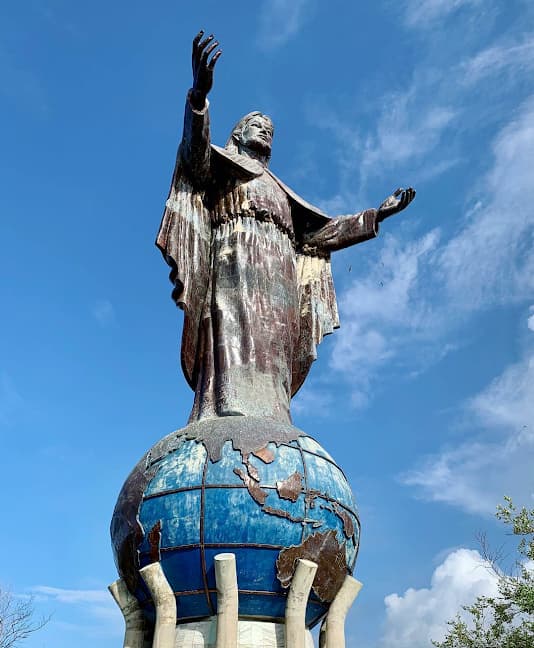
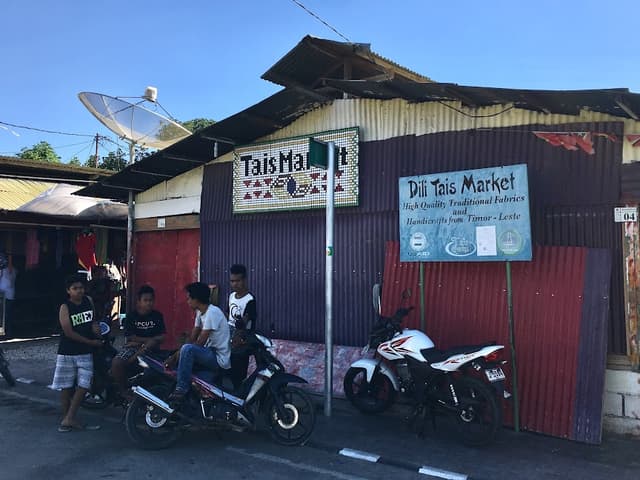
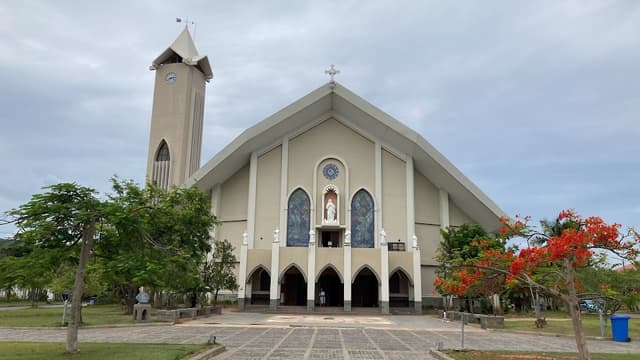

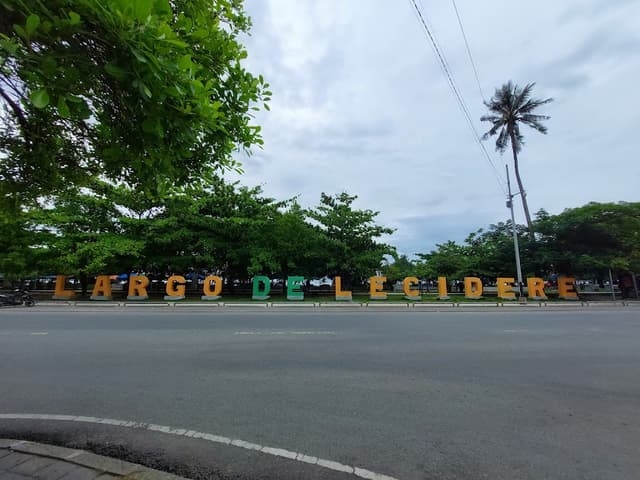
Diving/snorkelling
Timor Leste is famous for its diving, due to its huge diversity of aquatic life. Even if you’re not a diver, you should try and get out into the ocean to snorkel and see some of the incredible coral, sea life, and more. Places in Dili that offer diving and snorkelling, that are close by and convenient include
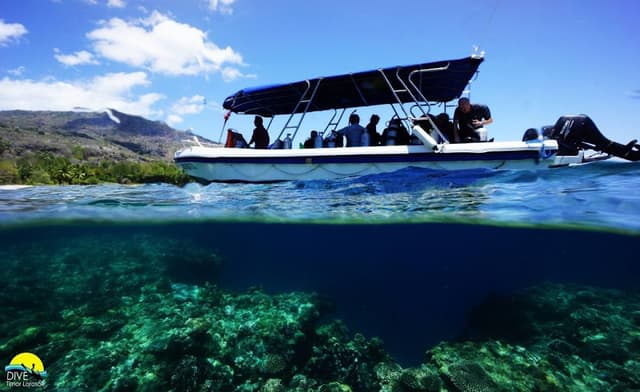

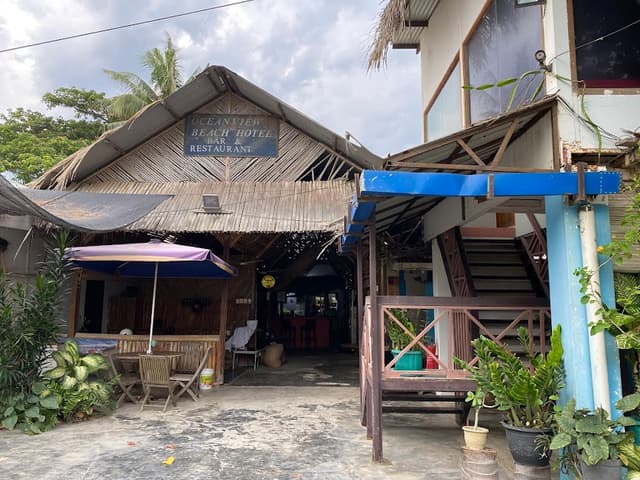
Where to eat



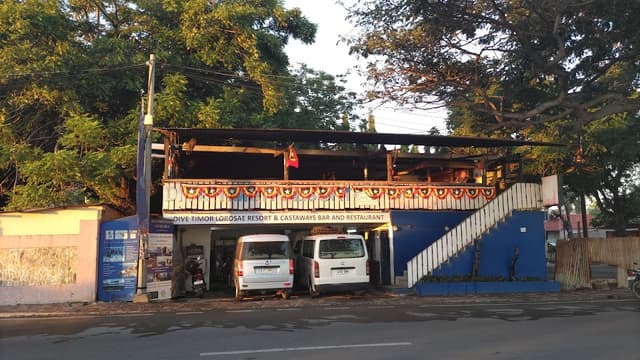
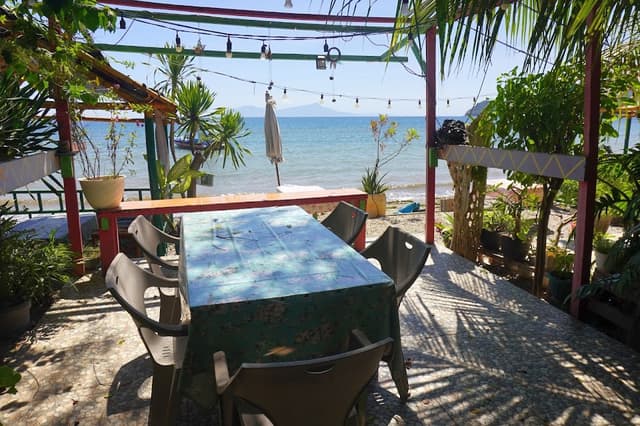
Where to stay

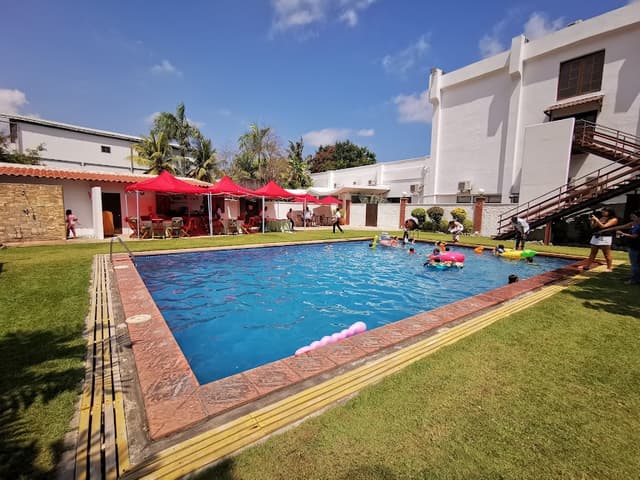
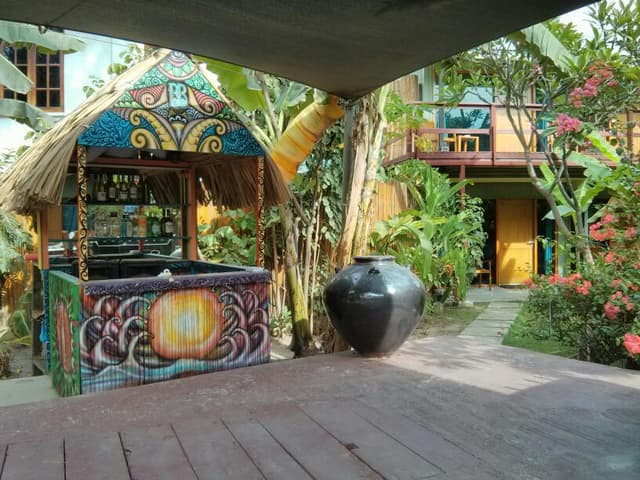
Atauro Island
An absolute jewel of a place, a lost paradise with limited phone or internet service, no stores or restaurants, no real modern trappings of life, just lodges, nature, the sea, and wholesome experiences. Ataurp is around two hours from Dili by ferry, and located right in front of what is said to be the worlds most biodiverse reef in the world. Many people also come here to dive, and there are resorts that can arrange this for you. Getting here isn’t exactly easy, but not nightmarishly hard either and so worth doing if you’ve made it all the way to Dili. Once there, there isn’t a huge amount to do except relax, dive/snorkel, drink some beers, and have a good time!
How to get here
Transport options can be limited and not the same each day. You can get to Atauro from Dili via ferry, dragon ferry, and speed boat. There is also the option of a fishing boat, and private light aircraft but these are much more challenging. There is no transport at all on Sundays - everything is closed. Don’t try to get around, or arrive/leave on this day!
Regular ferries ($4) leave Dili Tuesdays and Saturdays and take around 3 hours, you must buy your ticket in advance at the port. Dragon Fast ferries ($12) leave Dili on Thursdays and Saturdays, tickets are advertised as being available as you board, but are recommended to buy in advance. The ticket offices for both ferries are opposite the Dili port, near Burger King. The ferries generally leave Dili between 7am and 8am (though this can vary), and return from Atauro the same day, later in the afternoon – you’ll need to be at the port in advance. You can ask your hotel to help you arrange ferry tickets - easiest way to not mess it up!
Speed boats are a faster but pricier option. If there’s a speedboat leaving, you can get a seat on it for $70. If you want to charter one eg you need one urgently and no other travellers are going, or you need to go on a Sunday, it’ll cost $450. Compass Diving can arrange a seat on a speedboat for you and let you know their schedule, just drop them a WhatsApp (also easier if you’re staying with them)
Fishing boats and flight options are less reliable. For fishing boats, they leave Dili around 8am from near the Marine Police area, and are said to cost around $10, but you’d need to go and negotiate your way onto one with the fishermen. In Atauro there isn’t a clear area where you can take them from so you’d need to ask around. They can be bumpy and take several hours, and those I spoke to in Atauro advised against this one due to concerns about safety. For flights – there’s a flight service run by Mission Aviation Fellowship, it’s a 7 seater plan and runs on Mondays, Wednesday and Fridays, timings vary throughout the week and you have to book via email or WhatsApp, though in my experience they weren’t hugely responsive, and there’s a risk the flights are changed or rescheduled if there’s a medivac (this flight service isn’t really designed for tourists, its more for humanitarian services). The airstrip is also quite far from the main beach area in Atauro, so there would be additional transport to consider.
Where to stay
There are a few lodges and resorts near the main port area in Atauro. Some are more modern than others, but they’re all nice options. The two below are within a 5-10 minute walk of the port, both PADI dive centres, and both serve 3 meals a day (which is necessary because there are no restaurants so without the food they make, you’d go hungry!). They have drinks and beers available, and can also arrange boat trips, snorkelling etc, for you.
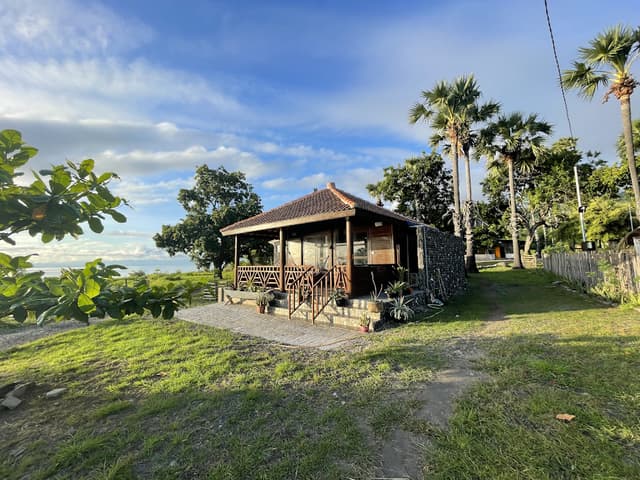
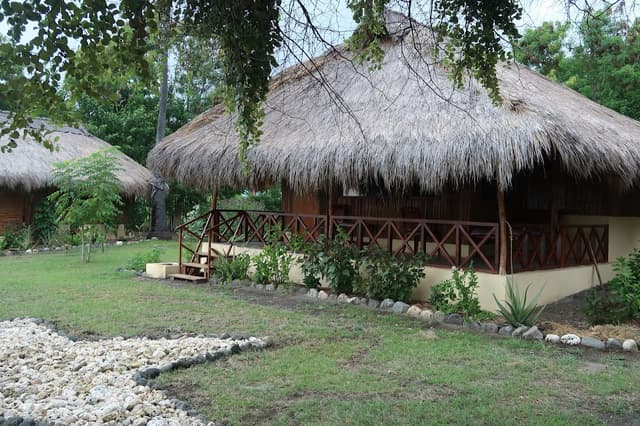
The home for unique & authentic travel

